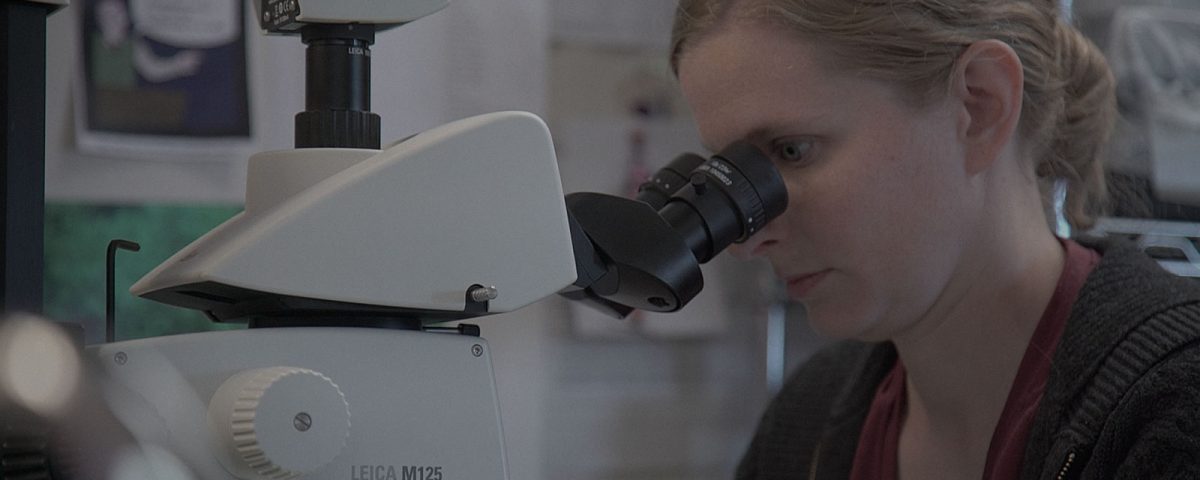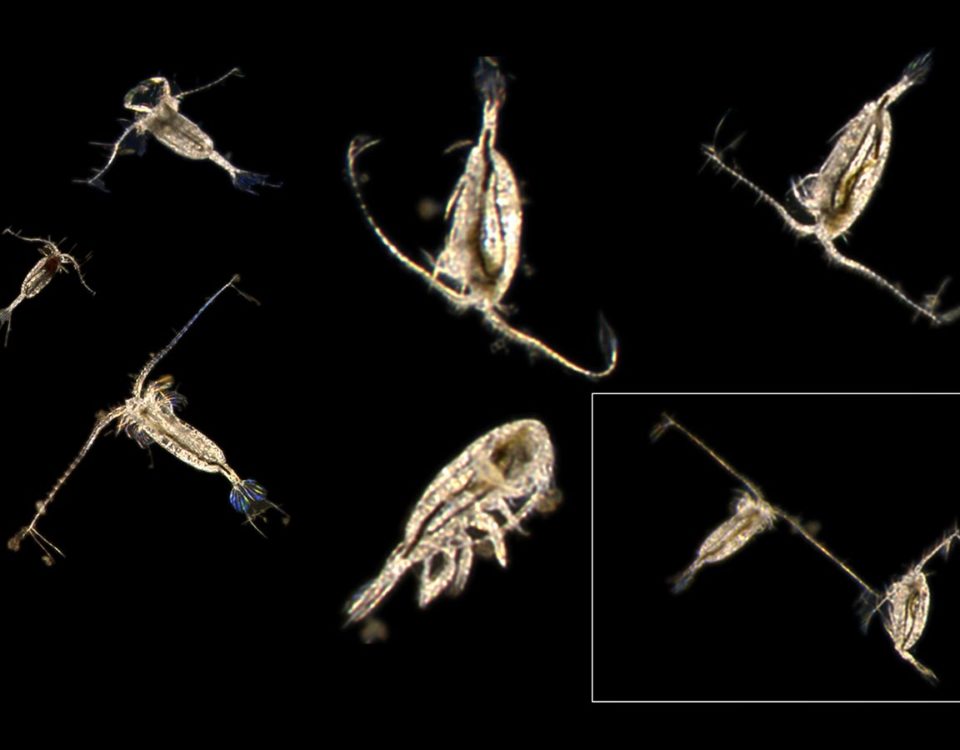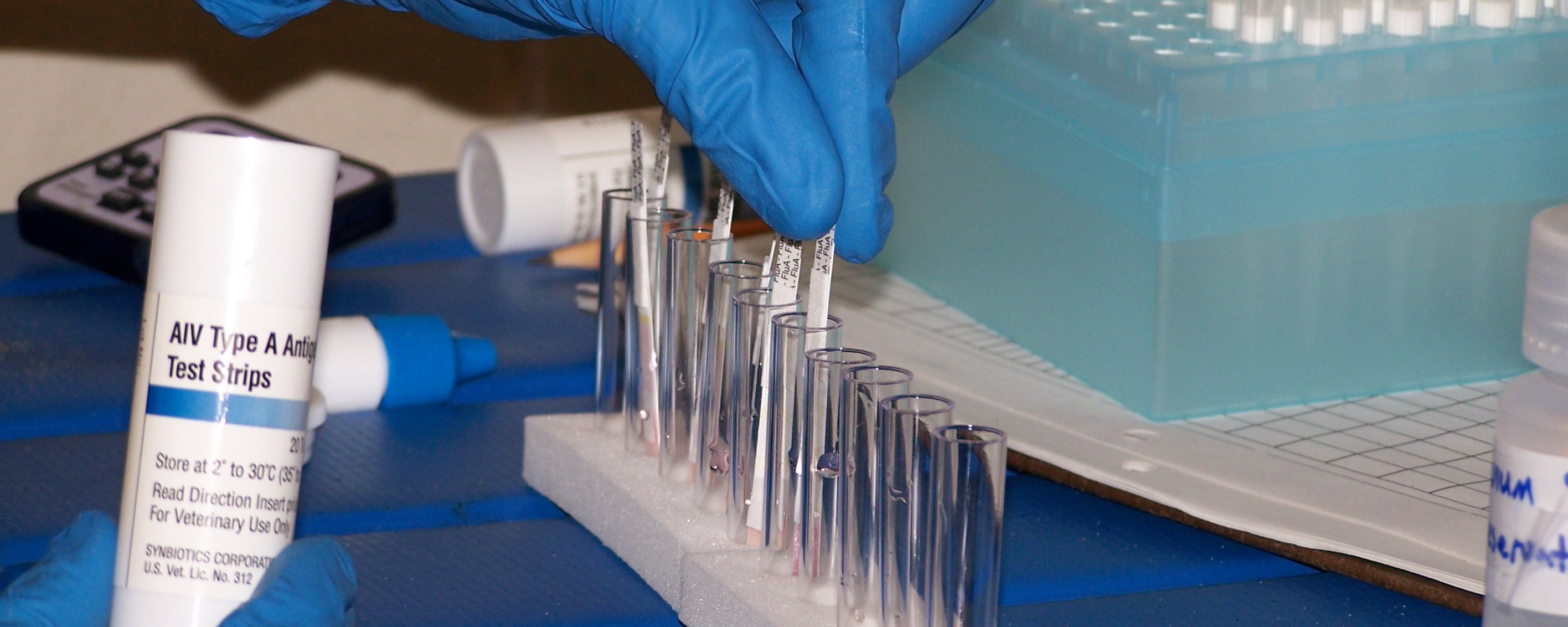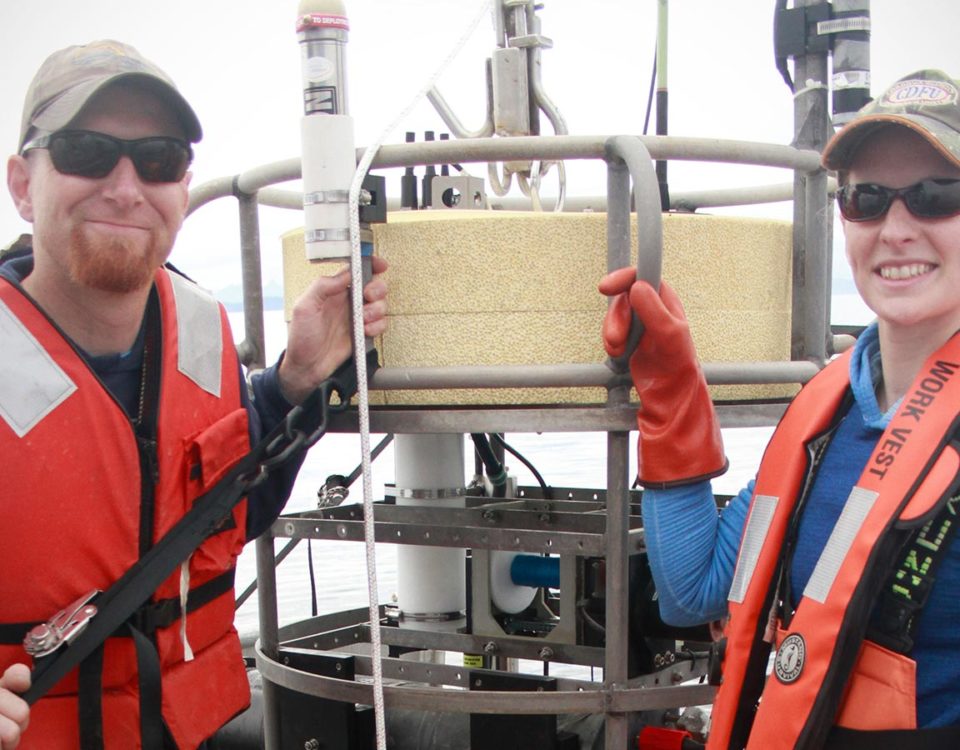Marine-Derived Nutrients in the Copper River Delta

PROJECT
Marine-Derived Nutrients in the Copper River Delta
background
About 95% of all growth by the average Pacific salmon is done during the ocean phase of its life cycle. Therefore, when salmon return to their native streams, spawn, and die, most of the material they bring with them is of marine origin. As dead salmon decompose or are eaten by scavengers, the nutrients within them are released and become re-available to stream, lake and forest ecosystems.
There are two main pathways by which those nutrients make their way from dead salmon:
• The direct pathway, where salmon spawn and carcasses are directly consumed, by bears, birds, fish (young salmon and others), and stream invertebrates.
• The remineralization pathway, where nutrients are released back into the water by the decomposition of salmon carcasses by microbes.
The marine-derived nutrients most abundantly delivered by salmon are nitrogen, sulfur and carbon. All three have a different isotopic signature from those characteristic of freshwater systems. Stable isotope analysis (SIA) methods can be used to compare the relative importance of marine versus freshwater nutrients in freshwater and terrestrial ecosystems, as well as to determine the pathways taken by marine-derived nutrients from salmon to other organisms.
methods
Within the Copper River Delta, two freshwater systems were selected for study. Sampling sites within these two systems covered a broad range of salmon occurrence, from areas with no salmon present, to those with high spawning densities.
In order to assess production at the bottom of the food web, periphyton (algae that colonize on underwater, hard surfaces), were sampled at each of the sampling sites. Two Periphyton Samplers (a buoyed tray with 10 microscope slides) were placed at each site and left for several weeks to allow for colonization of periphyton.
Sockeye and coho salmon were also sampled. In-migrating adults were sampled to measure the incoming marine isotopic composition, while out-migrating juveniles were sampled to determine the relative importance of the direct pathway or the remineralization pathway of marine-derived nutrients. Salmon were collected by means Juvenile salmon, spawning salmon, and decomposing salmon all sharing their space at the spawning grounds. Periphyton Samplers at one of the test sites. of nets, traps, and hook and line, in each of the two freshwater systems.
Upon return to the lab, the samples were freeze-dried, ground into powder and sent to the Colorado Plateau Stable Isotope Laboratory for isotopic measurements of nitrogen, carbon and sulfur.
what we learned
The effect of salmon decomposition on watershed nutrient chemistry is evident from higher values of sulfur and nitrogen stable isotopes measured in the periphyton at salmon spawning sites (‘salmon’ in the figures) compared to sites with no salmon present (‘control’ in the figures). None of the sites were 13C-enriched, because carbon is primarily lost to the atmosphere by respiration.
The adult salmon isotope values represent the direct pathway, while the periphyton isotope values represent the remineralization pathway. These values were correlated with the isotopic values of the juvenile salmon to determine the relative importance of marine-derived nutrients.
Nitrogen, sulfur and carbon isotope measurements of juvenile salmon showed a wide-range of values. The isotopic composition of sockeye and coho juvenile salmon were similar, and mostly within the range of that of the periphyton, suggesting that marine-derived nutrients taken up by juvenile salmon is most commonly through the re-mineralization pathway.
A small number of juvenile coho had particularly high values of N and S, which suggests that they were obtaining at least part of their nutrition through the direct pathway. No single isotope was superior for quantifying the effects of marine-derived nutrients in freshwater biota. As well as providing clues about the relative importance of marine-derived nutrients in freshwater ecosystems, isotopic values may also be useful to study the diversity of habitats utilized by juvenile salmon.
publication
Kline, TC, CA Woody, MA Bishop, SP Powers, and EE Knudsen. 2007. Assessment of Marine-Derived Nutrients in the Copper River Delta, Alaska, Using Natural Abundance of the Stable Isotopes of Nitrogen, Sulfur, and Carbon. American Fisheries Society Symposium 54:51-60
PRINCIPAL INVESTIGATOR
Tom Kline, Jr., Ph.D.PWS Science Center
tkline@pwssc.org




